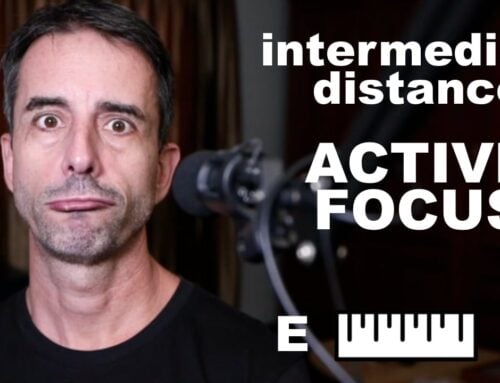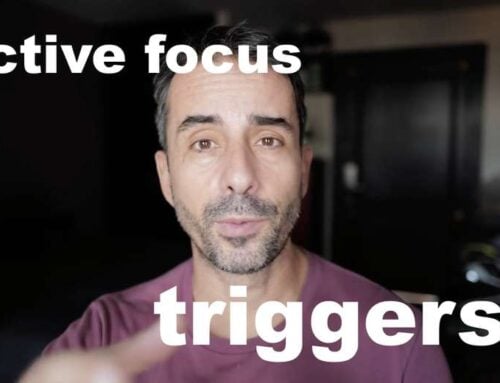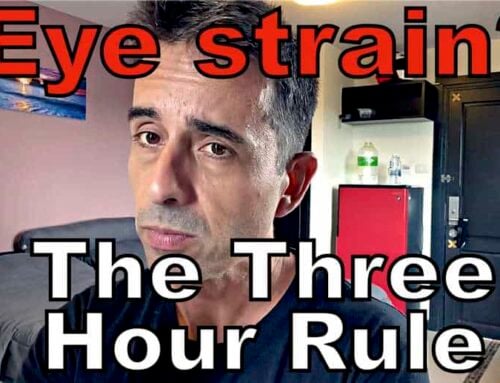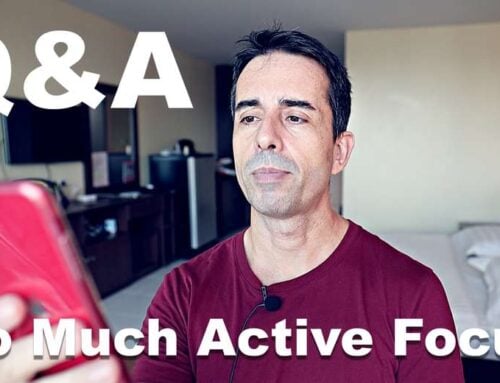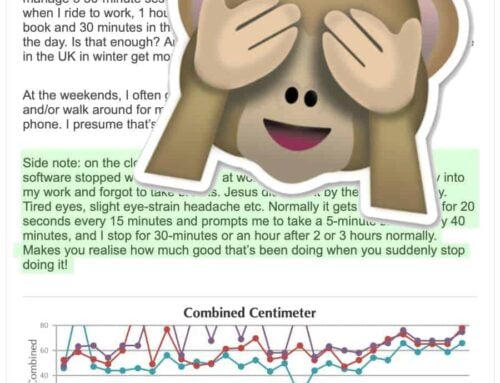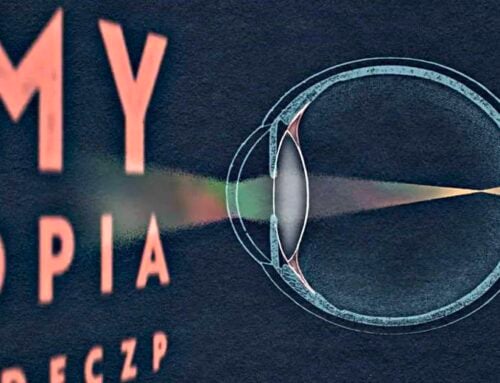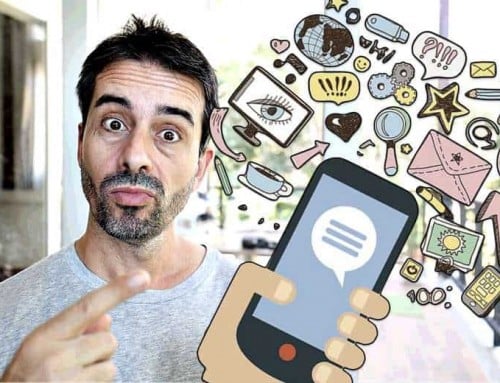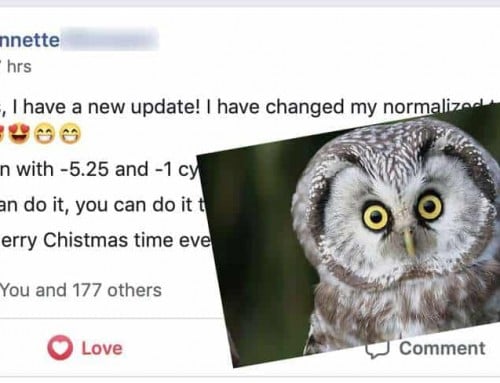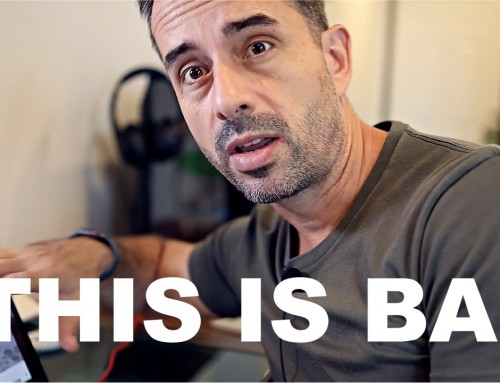So you never wore glasses and lately, things start to look a little fuzzy.
What do you do? Rush to the optometrist, get some fancy glasses or fancier contact lenses? Not so fast! Read this before you go roll up the wheelchair for your eyeballs.
And I do figure this type of article is going to get less and less relevant, as the myopia catches us earlier and earlier in life (I have a dozen clients with five year olds with glasses right now. Tragic, truly). But if you are incredibly lucky to be at reading age with just a little fuzziness in your vision, and even incredibly-er lucky to have found this site (because one of your friends clicked the “like” button above, no doubt), then read on.
First off, you don’t need glasses.
What you need, is to take it easy on that close-up a bit, and start thinking of your eyes as another living part of your body. What happens to your legs if you spend all day crouching, but never walking? Will they get all funky and not work so well for the walking business? And if so, what would you do? Get a wheelchair, or start crouching a bit less, maybe get a chair, and go on some walks?
That’s what your poor eyeballs needs. Just a little love!
Here’s what Amy posts in our new and excellent Q&A section yesterday:
![]() Thank you for the excellent website! I have been studying everything, and I do not see any advice specifically for someone who has never worn glasses. If still in the pseudomyopia stage, does that change anything in how you go about following the program? Also, is there anything different if this untreated myopia has gone on for a couple of years? Thanks!
Thank you for the excellent website! I have been studying everything, and I do not see any advice specifically for someone who has never worn glasses. If still in the pseudomyopia stage, does that change anything in how you go about following the program? Also, is there anything different if this untreated myopia has gone on for a couple of years? Thanks!
This makes me happy.
Amy won’t ever need glasses. Just a little nudge for those eyeballs, and things will be all good. Here’s what I suggest, in the Q&A (which, so easy to use, add your own questions!):
![]() In the vast majority of cases like this, the degree of myopia is quite small.
In the vast majority of cases like this, the degree of myopia is quite small.
A good way to check is to get an eye chart and see which lines you can see. If you use shaded outdoor natural light and take your time, you’ll get the best case scenario.
Often just a -1.00 diopters is all that it would take to get to 20/20.
If we are going to assume that this is the case, then you will want to use some plus lenses for close-up, to change the focal plane, “simulate” blur at the further distance of what’s ergonomically comfortable for you. This will give you much less of that close-up strain that is causing the pseudo myopia, and also the opportunity to “push” for focus where there is just bit of blur.
Likewise it really helps tog get outside for an hour walk, not look at the ground, rather be taking in the scenery and specifically try to read street signs, car licenses plates, any sort of writing (reading writing that has some blur challenge is key). This “pulling focus” plus the close-up activity, and a good amount of outdoor light (shaded of course) exposure tends to resolve most pseudo myopia any anywhere from a few months to a year or so.
Easy, right?
First of course you want to check and make sure it’s just a little bit of myopia. Print out an eye chart from our site. Hang it up on a tree. Approximate the distance (just know the length of your feet, you can measure without taking a measuring tape with you). Give your eyes a bit of time, see what’s blurry, see what you can clear up with a bit of effort.
They are just like legs, in over-crouched mode for too long. They need a little time to work as intended, a little nudge to work for focus.
These things are habits, remember. Healthy habits, healthy eyes.
Cheers!
– Jake
P.S.: I held back quite a bit when writing-as-Alex-favor. I’ve got a bunch of real-talk friendly optometrists and ophthalmologist friends we’ll work on to get some interviews going here. There are also lots of books and interesting research, I was just a bit unmotivated to open up the Jake treasure chest previously.
Look forward to lots of new great eyeball health things in the coming weeks!




